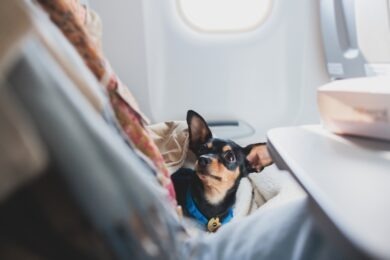The United States Congress passed the REAL ID Act in 2005. Though that was 10 years ago, the regulations set forth in the legislation are just now starting to pop up in the collective consciousness of travelers.
According to the Department of Homeland Security (DHS), the REAL ID Act was put forth in order to “improve the reliability and accuracy of state-issued identification documents, which should inhibit terrorists’ ability to evade detection by using fraudulent identification.”
The regulations affect the production of state-issued driver’s licenses and ID cards, and prohibit federal agencies from accepting IDs from states with non-compliant standards.
As of right now, 46 states have either complied with REAL ID standards or have extensions in place that allow agencies to accept their IDs. New York, Minnesota, Louisiana and New Hampshire are the odd states out.
REAL ID applies only to restricted and semi-restricted areas of federal facilities, such as DHS headquarters and nuclear power plants, through the rest of the year, but the next phase of enforcement is coming: boarding aircraft.
There’s no set date for this to go into effect, but the “no sooner than 2016” line from DHS has travelers from the four non-compliant states concerned that their driver’s licenses and ID cards won’t be accepted at TSA checkpoints after the calendar flips.
Passports are still fine, but what of the 63 percent of Americans who don’t have one? The TSA has an official list of acceptable IDs, but there are more, unconventional forms of ID you can use (which are also handy if your wallet or luggage is lost or stolen while traveling. Some of the alternate documents are pretty standard:
-Credit card (with photo)
-Student ID
-Library card
-Office security badge
-Checkbook
Others are either things people wouldn’t normally have on them ever, let alone at the airport, or things that might make you scratch your head. Many of these may not work on their own, you may need to present two to pass through security.
-Business card with photo
-Photo of your state-issued ID on your smartphone
-Magazine with address label
-Costco membership card
-Diplomas
Bottom line, if you can reasonably prove who you are, you’ll be able to get through airport security—so you might want to store your BA from Harvard in your carry-on bag. Just in case.




